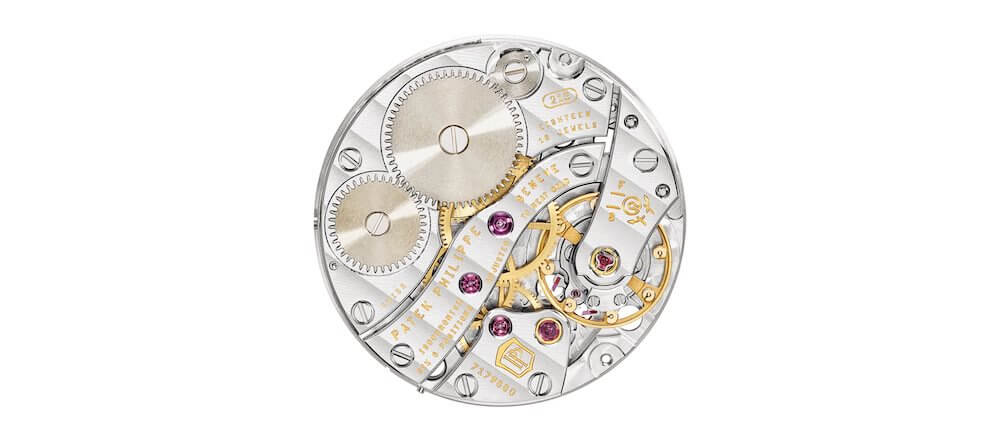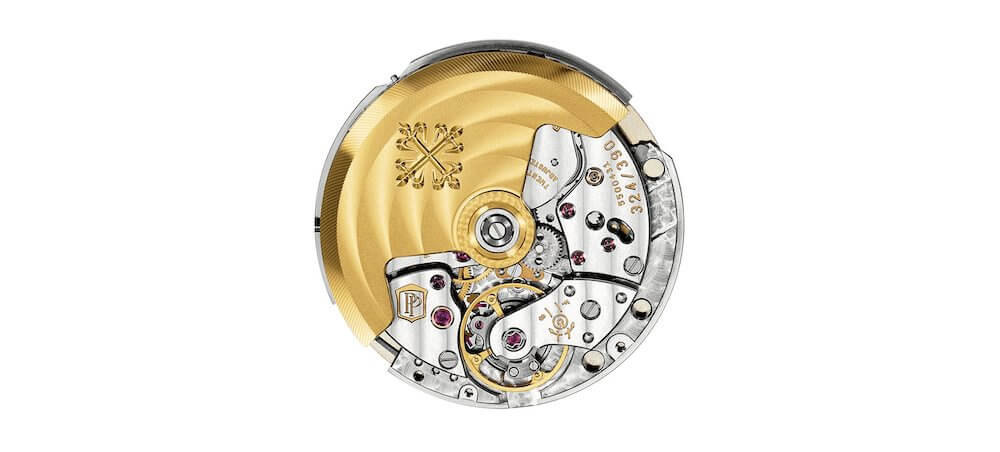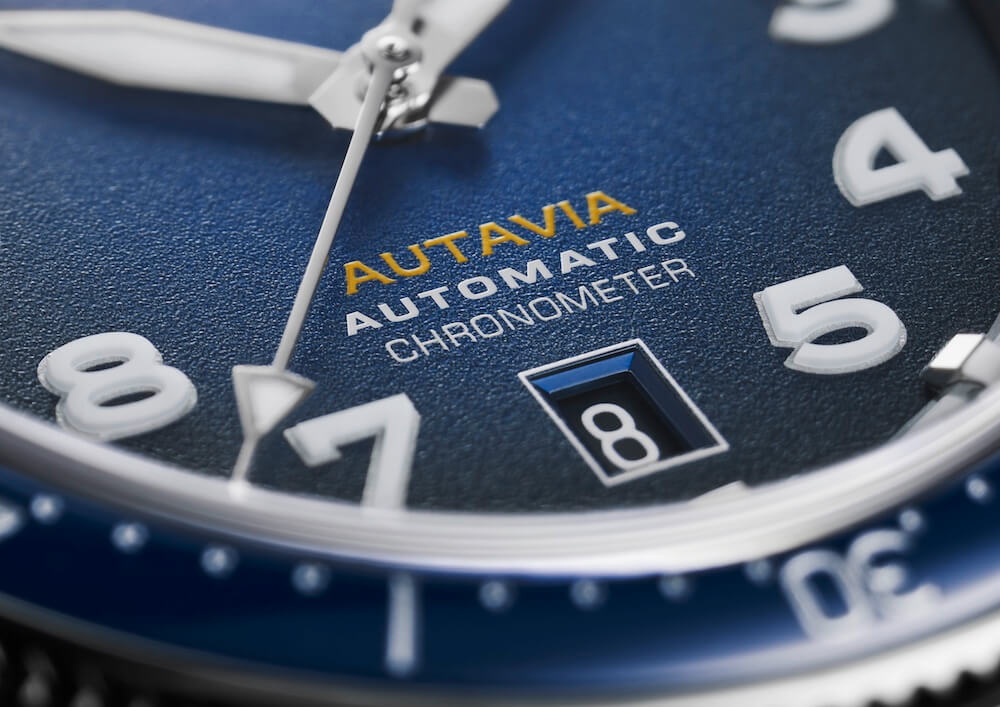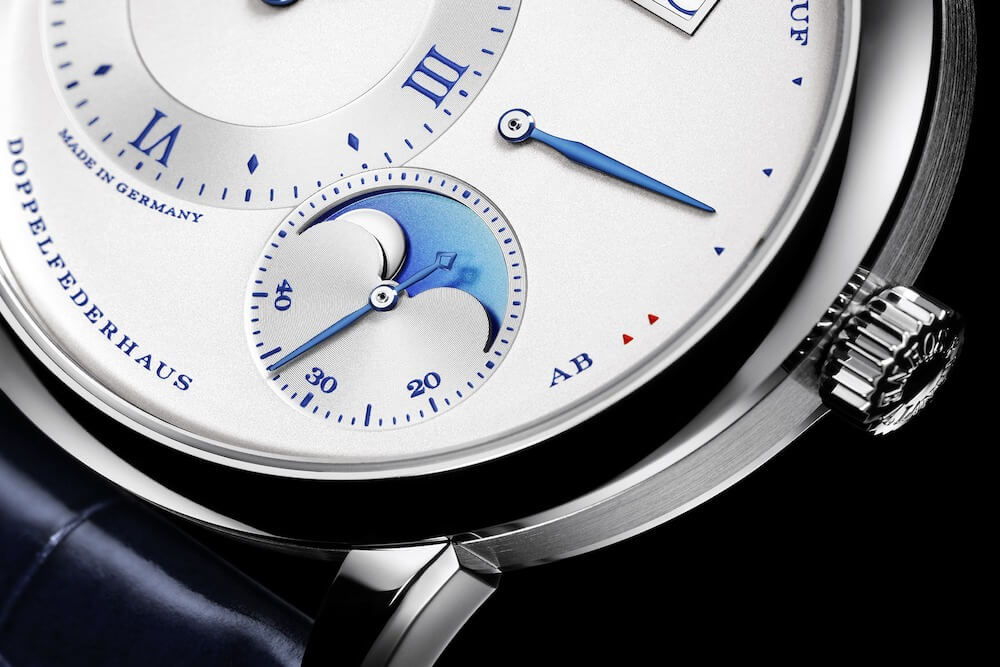
Do It Yourself (but do it well): Setting Your Watch: What to Do and What Not to Do?
Owning the most beautiful watch in the world is useless if it does not indicate the right time or does not work properly. Unless you are wearing it just for style, you will probably need to set your watch at some point, so here is a guide to what to do and what not to do.
Keep in mind that these tips are general and do not necessarily apply to all watches. Some manufacturers like to do as they please for reasons of exclusivity or contradiction, so consult your watch's user manual or ask the manufacturer before trying to wind it.

In general, watches are built with 3-position crowns, each with a specific purpose:
- The basic position, when the crown is not pulled out. It is used for winding.
- The intermediate position, when the crown is pulled out one notch but not all the way to the end. It is used to change the date.
- The most open position, when the crown is pulled all the way out. It is used to change the time.
Note that some models offer screw-down crowns, which must first be unscrewed before any of the three previous actions can be executed, otherwise absolutely nothing will happen!
Winding your watch
Winding the movement is an essential reflex to ensure the continuous running of the watch. A watch that does not indicate the time loses much of its usefulness, so you may as well take the time to wind it correctly.

Winding a watch is quite direct. When the crown is in the basic position, simply turn it forward if you have the watch in front of you (clockwise for those who would be lost).

For mechanical watches with manual winding, you will feel that you have wound enough when the mechanism is hard to turn.
For automatic watches (and yes, you have to), about 30 turns should be enough. So you will probably ask yourself, but why wind an automatic watch, isn't it supposed to be done by itself? And you wouldn't be wrong to think so. But an automatic watch will be more accurate if it is wound manually at the start and after the power reserve has been used up. When the power reserve is low or flat, a few wrist movements will not be enough to charge the watch optimally.
What not to do when setting up?
Before setting your watch, be aware that there is a period of time when it is better not to do so, regardless of the type of date. Often referred to as the "death zone", this period runs from 9 p.m. to 3 a.m., when the date change process is in progress. This is a complex and slow mechanical process that starts before the new date is displayed at midnight and is best not to disturb it.

If you try to change the date at that time, you may force the date disc to rotate and break one of its teeth. This means a one-way trip to the manufacturer for repair.
Please note that moon phase watches also have a "death zone". Generally it occupies the same time slot as more conventional models, but some watches make the change around noon or in the afternoon to avoid over-straining the power reserve during the night. Please check the manual or the manufacturer before making the adjustment.
Setting the time and date
To set the date of your watch, you need to know what type of mechanism it uses. There are three main categories of date change: " trainant ", jumping or fast.
- The " trainant " date change concerns watches with a long and continuous date change. The dates scroll slowly through the date window and you can often see two number halves at the same time when the change is halfway through.
- The jumping date change is faster. Around midnight, the new date changes instantly in the date window, it « jumps".
For these two categories, if they do not have a quick date setting, the date must be changed by turning the hour and minute hands to move from one day to the next until the correct date is reached, usually with the crown in third position. Then simply set the correct time.
The quick date change is for setting. It allows you to change the date directly via the crown, without having to turn the hands.
- For the quick date, the procedure is different. First, pull the crown out to the maximum in the third position to set the time to 6:30 am (or another time outside the "dead zone"). Next, the crown must be placed in the intermediate position, and then change the date until the day before the desired day. Finally, you must return to the third position to turn the hands and move to the next day before setting the time.
Setting the moon phase
The moon phase! Not necessarily the most useful complication in the age of smartphones, it remains one of the most poetic. If you own one, here's how to set a moon phase watch.

Before you can set the moon phase display on your watch, you must of course know the current moon phase. There are two methods for this, depending on your tolerance. If you are the more relaxed type, simply consult a lunar calendar, or look up to the sky if you are familiar with it and use the quick setting to display the nearest phase.
Not necessarily accurate, this method won't suit those of you who are more concerned about accuracy. In this case, you will have to use a second way, a little more fastidious. First consult a moon phase calendar and look for the date of the last full moon or new moon, depending on the most recent one. Set the date of your watch to this date and then set the moon phase mechanism to the corresponding moon.
Then, depending on your watch you will either need to count the days from that date to today and press the corresponding number of times on your push-piece, or if you do not have a push-piece put the crown in position to set the time and then advance the time until you reach the current date, while the moon phase will adjust automatically.



